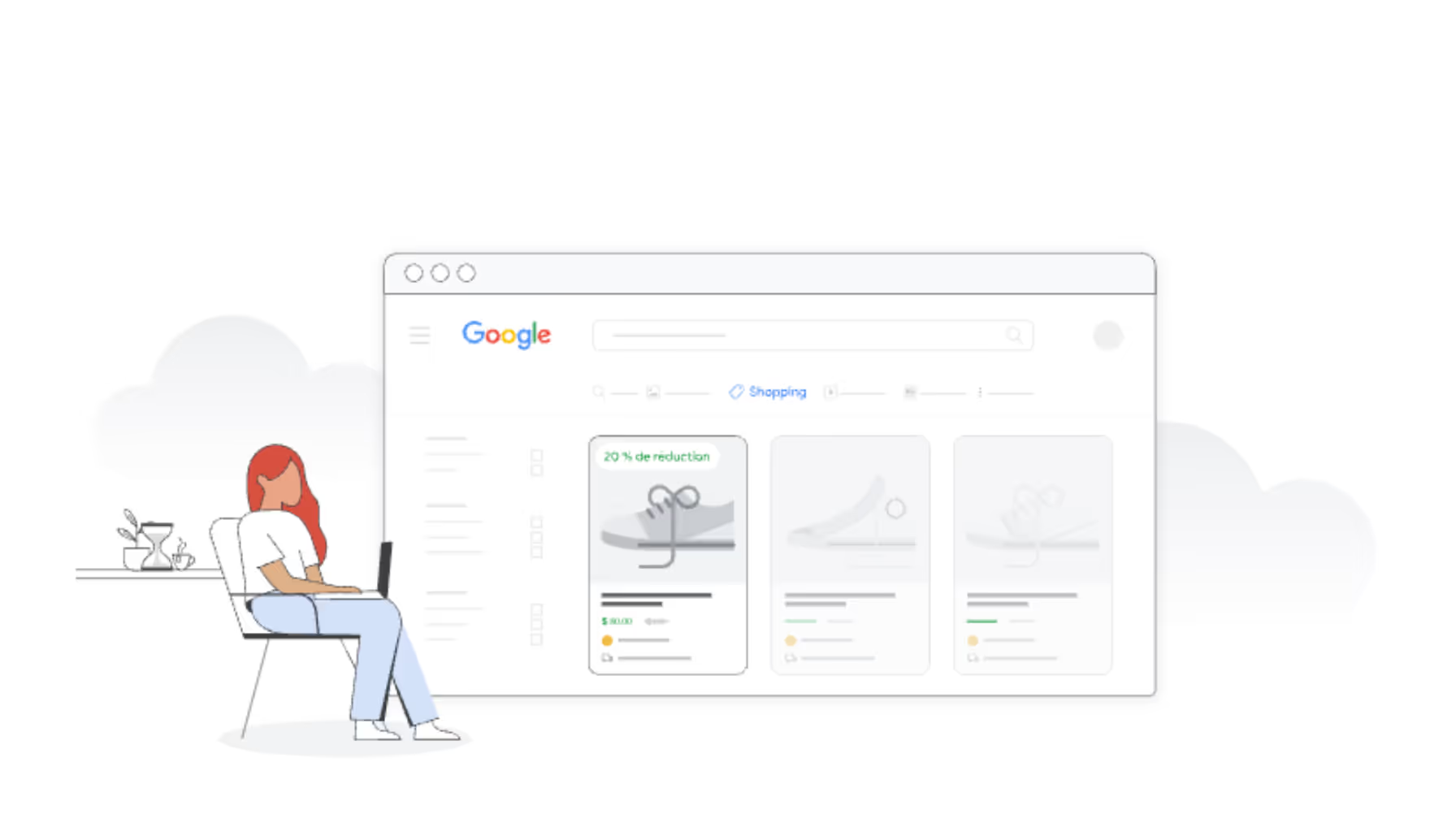
Product attributes: what they hide about your brand (and how to better exploit them)
They are everywhere, but often misunderstood. Les product attributes structure each e-commerce page, feed your advertising flows and directly influence your performance in SEO as well as in Google Shopping campaigns. But beyond the technical aspects, these attributes reveal — sometimes in spite of you — the image, seriousness and values of your brand.
In this article, we decipher what your product attributes really say about you, and how to use them intelligently to boost both conversion, visibility and brand perception.
What is a product attribute?
One product attribute is descriptive or technical information used to qualify a product. It can be:
- Functional : use, compatibility, type.
- Physics : size, weight, color, materials.
- dealer : price, availability, discount.
- Symbolic or differentiating : eco-design, local manufacturing, limited edition, quality label.
In a Google Merchant Center product feed, the most strategic attributes include:
TitledescriptionProduct_typeBrandColorSizeMaterialConditionAvailabilityImage_link
Each plays a specific role in the delivery of your ads and the behavior of users.
Why your product attributes impact much more than your catalog
1. They influence the visibility of your Shopping campaigns
In Google Shopping and Performance Max campaigns, attributes feed the matching algorithms between user searches and your products. A clear title, a well-defined color, or a specific category (via product_type) improve your Print rate, CTR and Average CPC.
Concrete example : if you are selling a blue velvet armchair, but the “color” field is empty, you are missing queries like “blue velvet armchair”.
👉 Also to be read : Google Merchant Center: 5 mistakes that are ruining your Shopping campaigns
2. They influence the perceived image of your brand
Attributes that are absent, inconsistent, or outdated give the impression of neglect. Conversely, a clean, rich, up-to-date flow that is in line with trends (e.g. “eco-responsible”, “made in France”, “capsule edition”) enhances your brand.
What Google is not saying : your attributes tell a story. A poorly written product name, an empty description or an inaccurate category instantly discredit your positioning, especially on very competitive marketplaces or comparators.
How to better exploit your attributes for performance
1. Optimize titles and descriptions for search intent
- Integrate the keywords that your customers actually use.
- Structure your titles: [Type] + [Brand] + [Brand] + [Key Attributes] → “Maison du Monde 3 seater green velvet sofa”.
- Avoid unnecessary uppercase letters or symbols (⚠️ possible penalty from Google).
💡 Pro tip : test variants via A/B campaigns. At Dataïads, we use Feed Enrich to automate and enrich these fields on a large scale.
2. Segment finely thanks to the product_type
It is one of the most underrated attributes. It allows you to create ultra-segmented campaigns (by category, range, season...), while bypassing the limits of google_product_category, which is increasingly automated.
3. Make your visuals consistent with the attributes
If the “color” attribute says “burgundy red”, but the image shows an orange product, the user loses confidence. Likewise, an absence of “material” or “format” attributes makes the shopping experience unclear, especially on mobile where the visual is everything.
4. Align your attributes with your brand values
Are your products sustainable? Indicate it in the fields”Material”,”eco_label”,”description”,”Highlights”. Do you offer premium customer service? Mention it right on the product sheet.
🎯 It is in this sense that your attributes become a lever for Branding as powerful as your reputation campaigns.
Well-used attributes boost all your performances
An enriched, clean and structured flow makes it possible to:
- Gain visibility on Google Shopping, Meta, Bing.
- Lowering the average CPC and increasing the CTR.
- Facilitate the work of PMax algorithms to match the right products to the right audiences.
- Improve the SEO of your product sheets if you use Schema.org tags.
- Reinforce the perceived image of your brand.
👉 Also to discover: How well-filled attributes boost your Shopping campaigns
And in concrete terms, how do you go about it?
- Audit your flow : which fields are empty, not well filled in, or too short?
- Automatically enrich your attributes with a solution like Feed Enrich from Dataïads.
- Personalize your post-click landing pages with the right attributes highlighted (filtering by material, collection, season, etc.).
- Test. Analyze. Repeat. Optimization is ongoing.
*****
What you put (or forget) in your product attributes says a lot about your brand. More than just technical fields, they are vectors of performance, trust and branding. In a saturated e-commerce world, their good use makes the difference between an invisible sheet and a product that converts.
🔍 Want to take it to the next level? Find out how Feed Enrich and Smart Landing Pages can turn your product attributes into an engine for growth.
Continue reading

Agentic AI and New Shopping Dynamics: Understanding the Rise of AI-Driven Shopping in 2026

AI Advertising Effectiveness 2025: Why AI-Created Ads Beat Human Experts by 19% [NYU x Emory Study]

Nano Banana Pro: Full analysis of the latest Google 2025 Image Generation Model
.svg)







